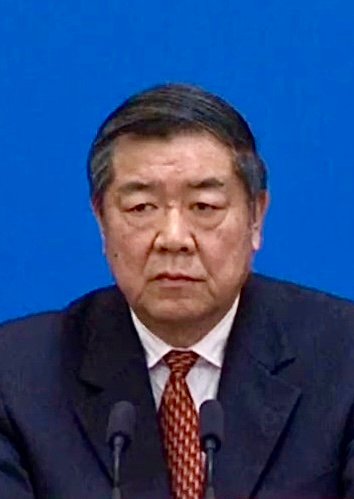GENEVA — The United States and China have announced significant progress in trade negotiations held over the weekend in Switzerland, marking a potential turning point in the tense economic relationship between the two global superpowers.
US Treasury Secretary Scott Bessent described the high-level discussions as “productive and constructive,” while China’s Vice Premier He Lifeng called them “in-depth” and “candid.” A more detailed joint statement outlining the outcomes is expected on Monday.
A Step Toward De-escalation
This was the first face-to-face meeting between the two nations since President Donald Trump imposed a 145% tariff on Chinese imports earlier this year. China responded in kind with a 125% levy on selected US goods, triggering market volatility and fears of a global recession.
Speaking after the two-day closed-door sessions in Geneva, US Trade Representative Jamieson Greer noted that the agreement could help reduce the United States’ $1.2 trillion trade deficit. Bessent further added that both sides had made “substantial progress” on easing the ongoing trade tensions.
Vice Premier He emphasized the broader importance of the talks, stating: “These discussions are of great significance to the two countries but also have an important impact on the stability and development of the global economy.”
Market Reactions and International Support
Following the news, stock markets in Hong Kong and mainland China closed higher on Monday. The Chinese yuan also strengthened against the US dollar. Early indicators suggest US markets will open positively, reflecting investor optimism.
Ngozi Okonjo-Iweala, the World Trade Organization’s inspector general, called the talks “a significant step forward,” urging both nations to “build on this momentum.”
Business Leaders Weigh In
Global trade experts and business leaders welcomed the progress but warned that high tariffs remain problematic. Frank Lavin, former US Undersecretary for International Trade, said that while reductions are expected, tariffs will remain “way above historical norms.”
Andrew Wilson, deputy secretary general of the International Chamber of Commerce, noted that tariffs must fall well below 30% to avoid disruptions to international trade flows. “If tariffs remain above 20%, that’s still severely disruptive,” he said.
Deborah Elms from the Hinrich Foundation expressed cautious optimism: “Mostly what I expect is an agreement to keep talking.”
Trump Praises “Total Reset” in Trade Relations
Following the first day of discussions, President Trump hailed the outcome as a “total reset” in US-China relations. In a social media post, he described the talks as “very good” and said progress was made “in a friendly, but constructive, manner.”
“We want to see, for the good of both China and the U.S., an opening up of China to American business. GREAT PROGRESS MADE!!!” Trump wrote.
The Road Ahead
While the White House emphasized that the outcome was not a “big trade deal,” both sides agreed to establish a new economic and trade consultation mechanism. Chinese state media indicated that Beijing had decided to engage after considering global expectations, national interests, and calls from US businesses.
Despite progress, challenges remain. American firms have rushed to import goods ahead of tariff hikes, while Chinese exporters continue to face backlogs. One electronics manufacturer, Sorbo Technology, reported that half its products destined for the US are stuck in warehouses.
The US economy shrank by 0.3% in the first quarter, and the trade war escalated last month with Trump’s “Liberation Day” announcement, introducing a universal baseline tariff and singling out top trading partners like China and the European Union.
A separate deal between the US and UK was announced last week, slashing tariffs on up to 100,000 British-made cars from 25% to 10%.
For more global trade news, economic updates, and expert insights, visit BlogHear.com — your trusted source for international affairs.




